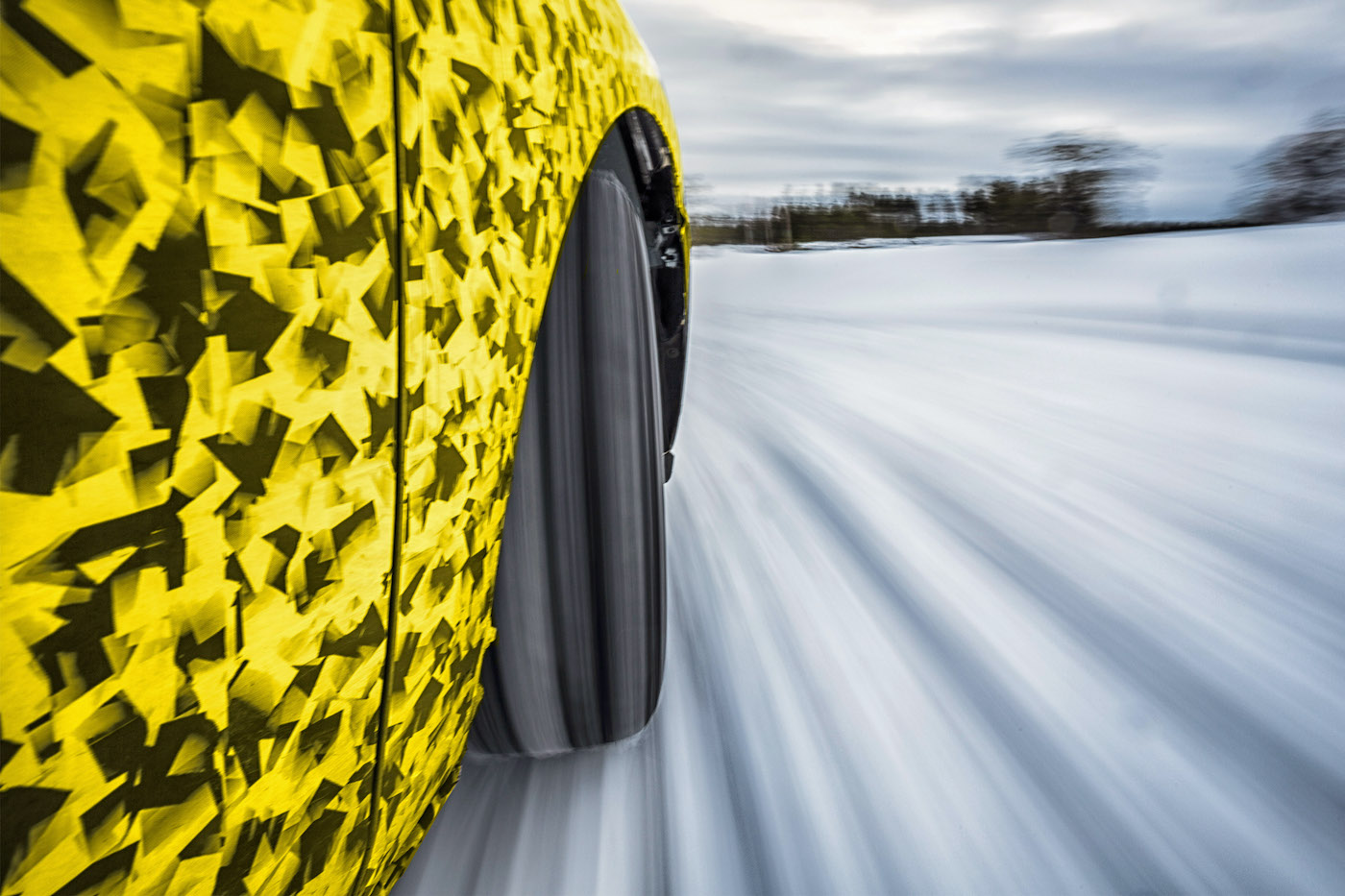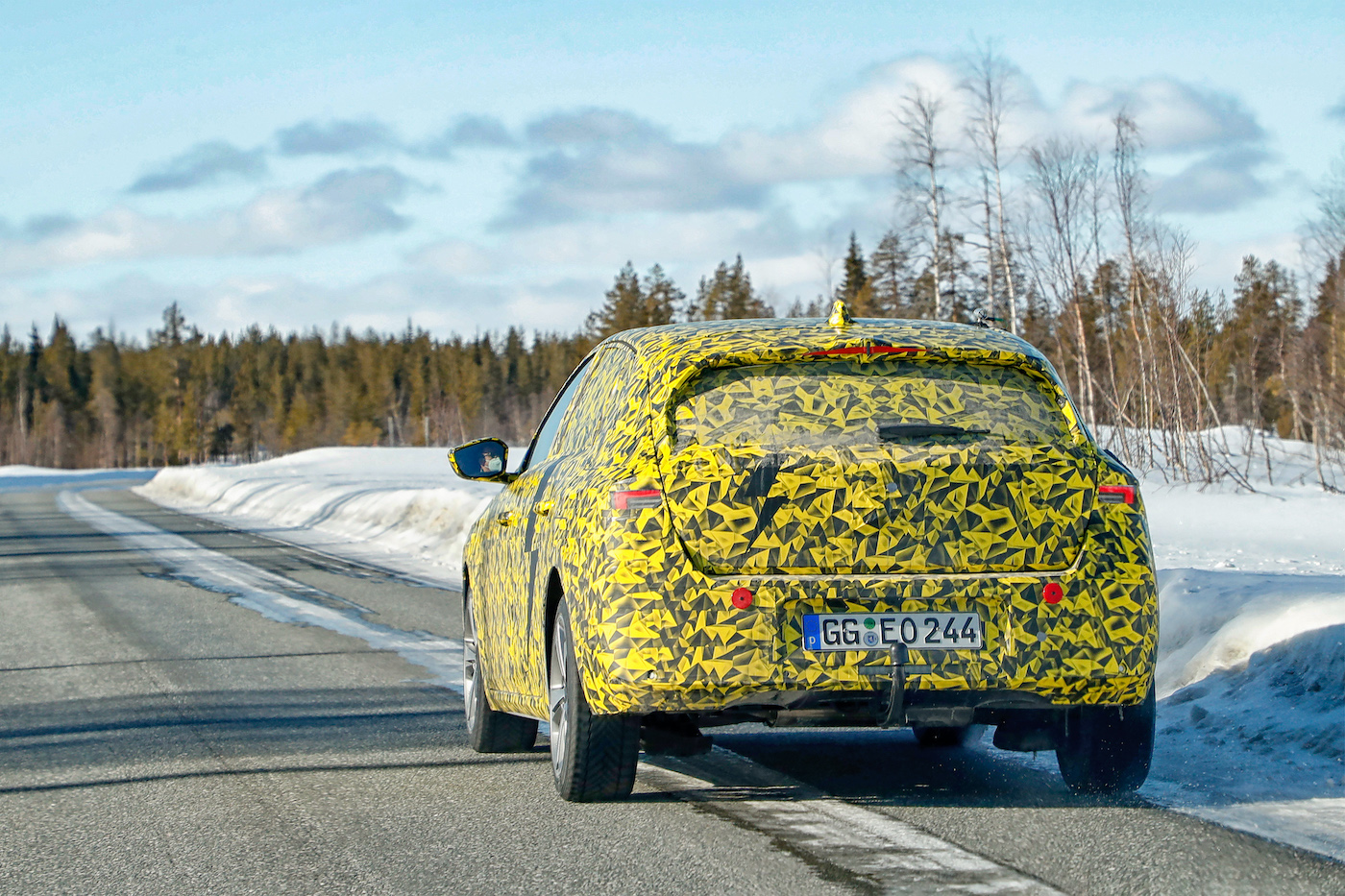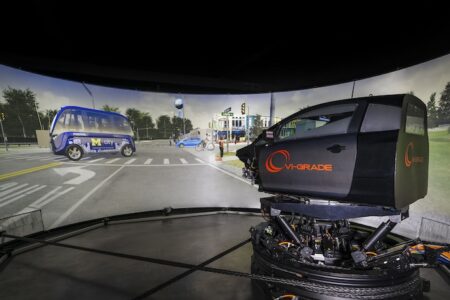The all-new Vauxhall/Opel Astra is nearing completion of its test programme ahead of its launch later this year. The development programme has seen prototypes evaluated in the frozen arctic in the Swedish Lapland, as well as several laboratory, electronics and safety tests at Vauxhall/Opel’s Dudenhofen Test Centre in Germany.
“The demanding test programme of the All-New Astra is going exceptionally well”, stated the Astra’s chief engineer, Mariella Vogler. “The development team – which, by the way, comprises of more female engineers than ever before – has created an uncompromisingly cool new generation of Astra that will thrill our customers.”
The chassis experts drove lap after lap on the slippery surfaces of the specially prepared tracks in Swedish Lapland at temperatures below -30°C continuously optimising the electronically controlled systems for stability, traction and anti-lock braking on a variety of surfaces, from ice, snow and slush, to wet and dry asphalt.

Vauxhall’s chassis specialists were joined in Lapland by colleagues from the HVAC team (heating, ventilation and air conditioning), who checked that the passenger compartment warms up quickly, and that the engine heat rejection, coolant flow, heater core performance and blower airflow perform well, as well as the heated steering wheel and heated seats.
With the new Astra available as a plug-in hybrid, engineers also kept a close watch on the warm-up times of the lithium-ion battery, to make sure that the performance of the cells meets the standards for electric driving experience, even in cold weather.
Dudenhofen tests
Engineers from the ADAS competence centre in Rüsselsheim used the proving grounds at the Dudenhofen Test Centre in Germany, including the high-speed oval and long straight, to calibrate the Astra’s advanced technologies, including adaptive cruise control, AEB, forward-collision alert and rear cross-traffic assist.
The pre-production cars used for these tests also had to meet high standards for high-speed driving, with the car required to remain controllable at speeds well above 80mph and stable under hard braking. The high-speed driving was also used to evaluate components such as the bonnet and windscreen wipers for noises and vibrations.
“During development we made sure that the new generation Astra will once again offer drivers and passengers a lot of driving fun and comfort”, said Vauxhall/Opel’s head of vehicle dynamics, Andreas Holl. “On the one hand, our sophisticated and dynamic design ensures that occupants will always feel safe, even at high speeds on the motorway. On the other, it offers plenty of comfort – even on poor road surfaces – for a relaxed driving experience.”
To ensure the new Astra can deal with the worst possible weather, it was also driven through a 25cm water trough to ensure the powertrain and electrical components are completely sealed and protected from water.

Further insulation tests were conducted at the Dudenhofen climactic chamber, with prototypes subjected to sand and dust testing, while engineers were even able to simulate how swirling snow in front of the air intakes would affect cooling.
Electromagnetic immunity ensures the Astra’s electronic systems do not suffer from interference, so the test car was also exposed to various frequencies to determine how absorbers built inside the vehicle can ‘soak up’ the transmission without reflecting them back into the electronic systems. The new model only receives type approval when all its systems have demonstrated their immunity to electro-magnetic emissions.





